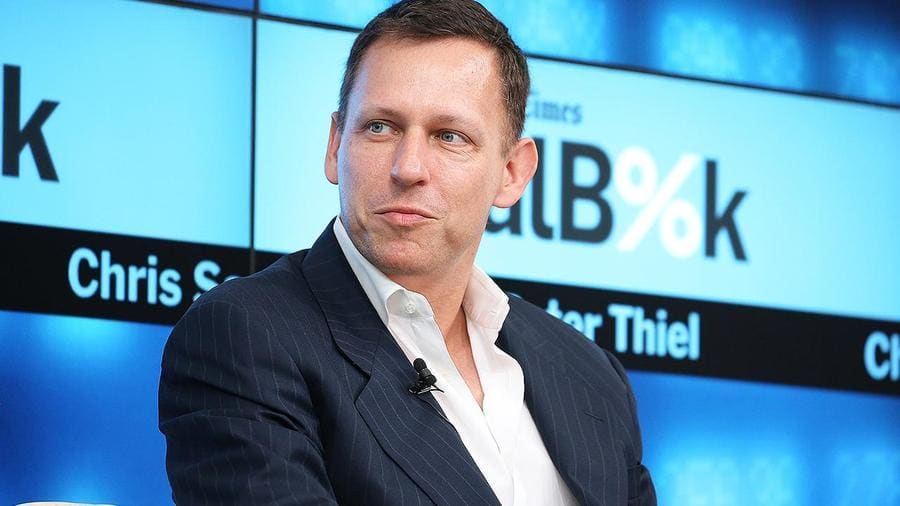
Before regulators decided to close Silicon Valley Bank (SIVB) on March 10, numerous press reports indicated that Founders Fund, the venture capital firm founded by the billionaire Peter Thiel, had asked the companies in which he had invested to quickly withdraw their money from the bank.
At the time, Founders Fund had declined to comment. But in a March 14 story from Axios, Neil Ruthven, chief financial officer of Founders Fund, said in a statement that ["it] was clear we were in the middle of a bank run, and we reacted in line with our fiduciary duties."
Don't Miss: SVB Collapse: Banks Rush to Borrow Money
Thiel's firm was not alone. Other prominent investment firms, including Coatue Management, Union Square Ventures and Founder Collective, sent similar recommendations to their portfolio companies.
SVB was the go-to lender for many tech companies. It played an important role in the startup ecosystem by providing specialized financial services, industry expertise, a valuable network, and a strong reputation.
What Happened to SVB?
It also offered a range of financial services, tailored to the needs of startups, such as venture debt, corporate banking and asset management. These services are designed to help startups manage their finances, optimize their cash flow and scale their businesses.
Created in 1983, SVB offered higher interest rates on deposits than its larger rivals, to attract customers. The company then invested the clients' money in long-dated Treasury bonds and mortgage bonds with strong returns.
This strategy had worked well in recent years. The bank’s deposits doubled to $102 billion at the end of 2020 from $49 billion in 2018. In 2021, deposits increased to $189.2 billion.
But everything turned upside down when the Federal Reserve began to raise interest rates, which made existing bonds held by SVB less valuable. When its customers sought to withdraw their funds, the bank had to sell the bonds at a discount to cover the requests. In selling these bond positions, SVB had to take a $1.8 billion loss.
Due to this loss, SVB suddenly announced that it needed to raise additional capital of $2.25 billion, by issuing new common and convertible-preferred shares.
This decision caused panic and a run on the bank. About $42 billion of deposits were withdrawn by the end of March 9, according to a regulatory filing. By the close of business that day, SVB had a negative cash balance of $958 million.
Thiel Had $50M of Personal Money Stuck in SVB
As a result, the regulators shut down the bank on March 10, making SVB the second-largest bank failure in U.S. history, after Washington Mutual in 2008.
While Founders Fund may have helped some of its companies withdraw their deposits before things deteriorated, Thiel was particularly exposed. The billionaire has just indicated that tens of millions of his personal fortune remained blocked in SVB the day the bank failed.
"I had $50 million of my own money stuck in SVB," he told the Financial Times.
The influential investor added that his account had been blocked on March 10 and that he had access again after the regulators said that they would guarantee all deposits even accounts exceeding $250,000. That's the FDIC insured-account limit; accounts exceeding that figure are referred to as uninsured deposits.
Receive full access to real-time market analysis along with stock, commodities, and options trading recommendations. Sign up for Real Money Pro now.







